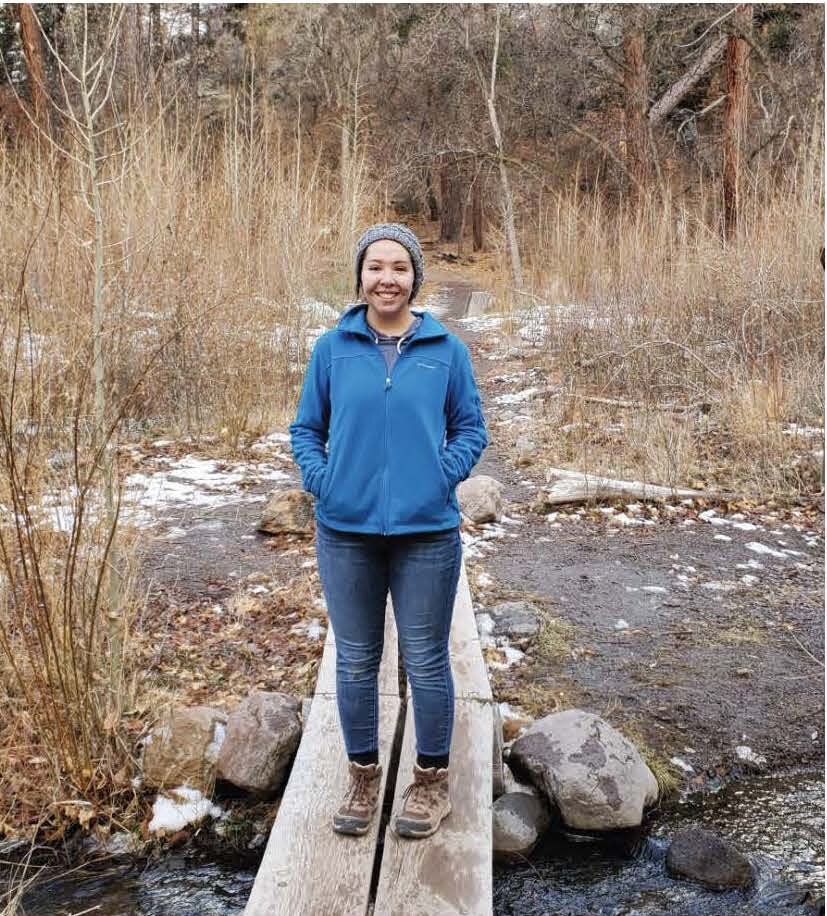mercedes salazar
Examining the Impacts of Beaver Dam Mimicry Structures on Groundwater-Surface Water Interactions
As global climate continues to change and summer becomes increasingly dry, it is critical to find low impact methods of ensuring surface flow continues year round. Continuous surface flow and near-surface groundwater flow are vital for both sustaining riparian ecosystems and agriculture. BDAs are a simple, effective, and cost efficient method of restoring and creating high complexity riparian environments. Beaver dam analogs are human constructed dams that are built to mimic the impacts of natural beaver dams with the primary goals of decreasing surface flow velocity, increasing sediment load deposition, increasing infiltration (and thus raising water table elevations), and creating or improving riparian habitats.
Mercedes D. Salazar is a Masters student in Hydrogeology at Montana Technological University where she is studying surface-groundwater interactions as a result of BDAs in mountain front riparian systems. Mercedes received a Bachelor’s of Science in Geology and Earth Science from the New Mexico Institute of Mining and Geology.

